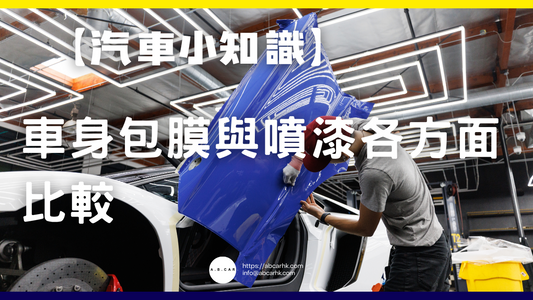Green Energy Revolution: Who Will Be the Winners of the Next Decade? | Editor: Li Daosheng

🌱⚡ Green Energy Revolution: Who will be the winners of the next decade?
1. The rise of the global green energy wave
As the climate crisis intensifies and carbon neutrality commitments are intensified, major countries such as the European Union, the United States, and China have set carbon reduction targets for 2030–2050. Coupled with technological advances and cost reductions, solar power, wind power, hydrogen energy, and energy storage have become the mainstays of new energy, gradually marginalizing traditional fossil fuels.
II. Key Technology Areas and Competitive Landscape
Solar Photovoltaics
- Costs have fallen by more than 80% compared to a decade ago. Chinese photovoltaic manufacturers account for more than 70% of global production capacity and continue to cut prices to compete for market share.
- The efficiency of the new generation of perovskite batteries has soared and is expected to be widely commercialized in the next decade. R&D companies in China, the United States, and South Korea are in the lead.
Onshore/offshore wind power
- As Europe's technology matures, offshore wind power costs are rapidly falling. Nearshore wind power is accelerating in China and the United States, and future wind turbines will be larger and more powerful.
- The waters surrounding Taiwan and the coast near Hong Kong have potential for the development of small and medium-sized offshore wind power.
Electric vehicles and energy storage
- Electric vehicle sales continue to double, and leading power battery companies such as CATL, LG Chem, and BYD have received huge orders.
- The demand for home and grid-level energy storage systems has increased significantly, with Tesla Powerwall and domestic lithium battery energy storage suppliers dominating the market.
Green hydrogen and carbon capture
- Green hydrogen (using renewable electricity to electrolyze water) has become the direction of decarbonization in heavy industry. Japan, Germany, and Australia are actively making plans, and the Middle East is using cheap solar energy to produce hydrogen for export.
- The commercialization of carbon capture and storage technology (CCS) has begun, with oil giants and new energy companies jointly building large-scale CCS projects.
3. Regional differences and opportunities
Europe: Policy first
- The carbon border tax (CBAM) accelerates the green energy transition, with wind and solar power complementing each other in Germany, Denmark and the Netherlands.
- Southern Europe has abundant sunshine, making it a major photovoltaic center in Europe.
China: Dual drive of manufacturing and domestic demand
- The world's largest wind and solar power installation market, and the ultra-high voltage transmission corridor "complement each other north and south, and help each other east and west."
- Urbanization and demand for electric vehicles are driving the growth of domestic green energy consumption.
United States: Market-oriented + subsidies
- The Inflation Reduction Act (IRA) provides large-scale green energy subsidies to promote the return of production capacity.
- California has become a testing ground for green energy technology and energy storage.
Emerging Asian Economies: Latecomer Advantage
- Southeast Asia has good sunshine, and integrated photovoltaic and energy storage projects are favored by investors.
- India has set a target of 50% renewable energy by 2030, and the market potential is huge.
4. Hong Kong’s role and potential
- Pilot demonstrations of Tai O nearshore wind power and Shek Kwu Chau floating photovoltaic power generation.
- Leverage the advantages of an international financial center, promote green bonds and funds, and support green energy projects in the Greater Bay Area.
- Institutions such as the University of Hong Kong and the Hong Kong University of Science and Technology are promoting research and development in hydrogen energy and energy storage, and incubating start-ups.
5. Editor’s exclusive opinions and suggestions💡
Manufacturers and capital
Seize business opportunities in perovskite batteries, offshore wind turbines, and green hydrogen devices, and plan the supply chain early.
Government and policymakers
Promote industrial upgrading and foreign investment through tax incentives, carbon pricing, and green electricity quotas.
Investors
Focus on green energy ETFs, leading power battery companies, energy storage and hydrogen energy companies to diversify risks and lock in long-term growth.
Hong Kong Enterprises
Build a "green finance + green energy technology incubation" platform and become the green power asset management center of the Greater Bay Area.
6. Looking ahead to the next decade🚀
The green energy revolution is both a necessity for sustainable development and a new battlefield for global capital and technological competition. The winners will be those companies and regions that master core technologies and possess global supply chains and capital management capabilities.
If Hong Kong can leverage its strengths in finance and innovation and technology, it is expected to become a "smart hub" in the green energy industry chain and reap huge dividends over the next decade.



